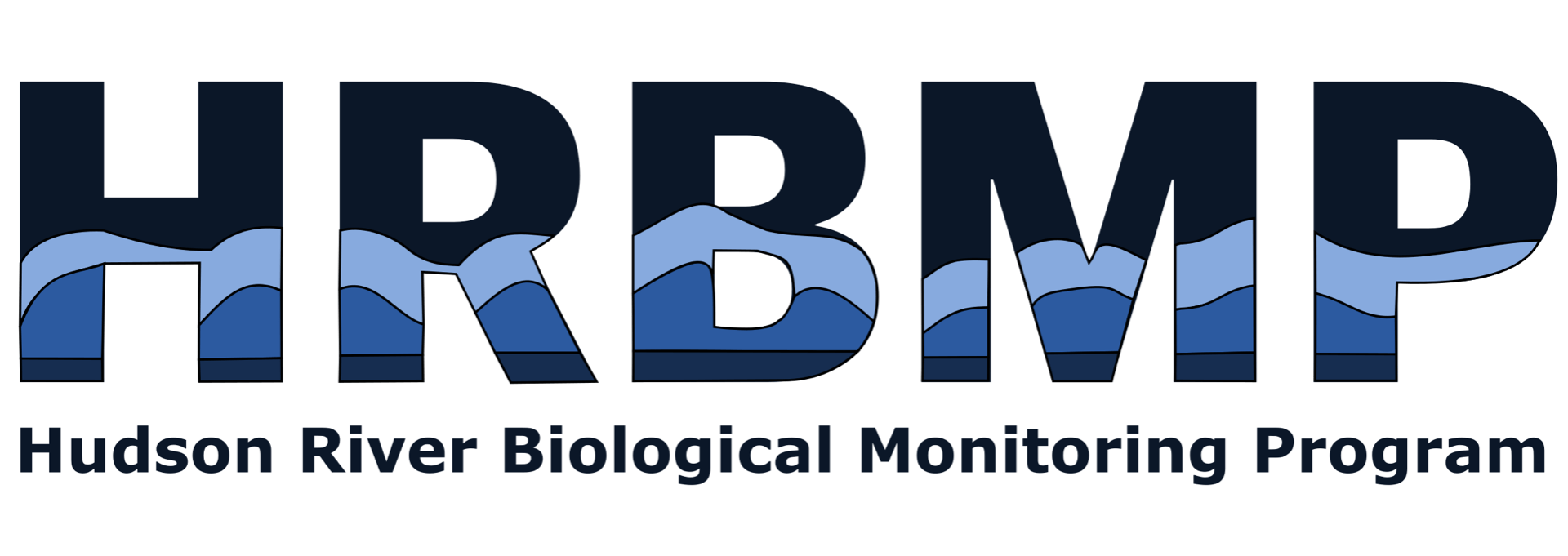The Biological Collection
A portion of the HRBMP included fish identification and sampling parameters relevant to biological health, such as length and weight. For portions of the survey, this meant collecting samples in the field and taking them back to a lab for identification. Another portion of these samples, labeled contingency samples, were never sorted, and identified. Contingency samples contain debris and lower trophic animals like copepods. The fish that were collected have been preserved and are a part of a large collection now being hosted at Stony Brook University. We are currently in the process of cataloging the collection for condition.

Storage unit with boxes containing the biological collection

Researchers working on ichthyoplankton in the Dallas Lab, from the HRBMP photo archives.
In addition to preserved fish samples, there is a large collection of striped bass fish scales dating back to the late 1980s. A portion of the scales have already been aged, and we are looking into other ways to analyze the scales.

Fish scale image from HRBMP photo archives
We have started unpacking some of the boxes containing preserved fish. Below are a few examples of the variety of sizes of fish. Complete samples start with recently hatched fish and range in size up to juveniles. Larger, and therefore older, fish were not preserved intact. For the Atlantic Tomcod Stock Assessment only, specific tissues, such as gonads and stomach contents, were saved from adults.
- Juvenile American eel (Anguilla rostrata)
- Jar containing very small recently hatched fish
- Two jars of juvenile fish
- Jar containing several different species of juvenile fishes
- Jar containing several different species of juvenile fishes
- Jar containing very small recently hatched fish






